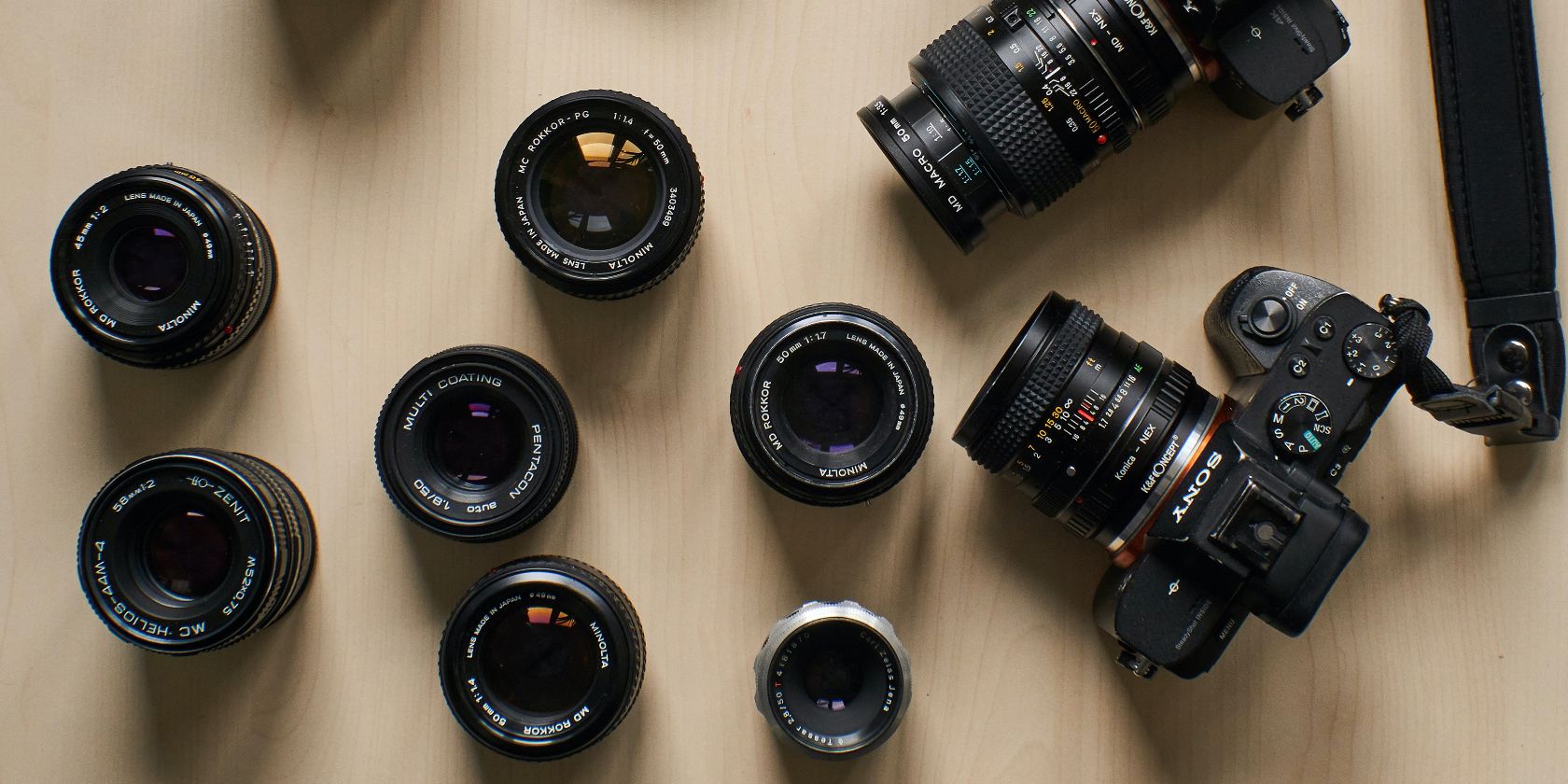Blog
How to Choose the Right Camera Lens for Your Photography Needs
How to Choose the Right Camera Lens for Your Photography Needs
Choosing the right camera lens is essential for any photographer looking to elevate their craft. The lens is the eye of your camera, and selecting the right one can significantly impact the quality of your images. With the variety of lenses available today, understanding their features and how they align with your photography style is crucial. In this guide, we’ll walk you through the key factors to consider when choosing the perfect lens for your needs.
Understand Your Photography Style
The first step in choosing the right lens is identifying the type of photography you pursue. Each photography genre has unique requirements, and the lens you select should align with those needs.
If you enjoy portrait photography, prime lenses with wide apertures like the 50mm f/1.8 or 85mm f/1.4 are excellent choices. These lenses produce sharp images and a beautiful bokeh effect, isolating your subject from the background.
For landscape photography, wide-angle lenses such as the 16-35mm are ideal. They capture expansive scenes with high clarity and minimal distortion, making them perfect for nature and architectural photography.
Wildlife photography demands telephoto lenses with a long focal length, such as a 200-600mm lens. These allow you to zoom in on distant subjects without disturbing their natural behavior.
Macro photography enthusiasts should look for a dedicated macro lens with a 1:1 magnification ratio. These lenses excel at capturing intricate details in close-up shots of flowers, insects, and small objects.
Street photographers benefit from versatile lenses like the 35mm or 50mm prime lens. These compact lenses are discreet and offer a natural perspective, making them suitable for candid moments.
 Determine the Focal Length You Need
Determine the Focal Length You Need
The focal length of a lens affects how much of the scene is captured and the level of magnification. It plays a significant role in determining the lens’s suitability for specific photography styles.
Wide-angle lenses, with focal lengths ranging from 10mm to 35mm, are excellent for capturing sweeping landscapes, interiors, and group photos. They offer a broad field of view and can make small spaces appear larger.
Standard lenses, typically between 35mm and 70mm, provide a natural perspective similar to the human eye. These lenses are versatile and are often used for portraits, street photography, and general-purpose shooting.
Telephoto lenses, spanning 70mm to 300mm, are designed for photographing subjects at a distance. They are commonly used in sports, wildlife, and event photography, where getting close to the subject is challenging.
Super telephoto lenses, with focal lengths exceeding 300mm, are ideal for extreme close-ups, such as wildlife in their natural habitat or astrophotography of celestial objects.
Consider Aperture Size
The aperture of a lens, represented by the f-number, determines how much light it allows into the camera. Aperture size impacts depth of field and low-light performance, so it’s a critical factor to consider.
Lenses with wide apertures, such as f/1.2 to f/2.8, are excellent for low-light conditions and creating a shallow depth of field. They allow for creative effects like blurred backgrounds, making them ideal for portraits and artistic shots.
Narrow aperture lenses, ranging from f/4 to f/22, offer greater depth of field, which is beneficial for landscapes and situations where you want everything in the frame to be in focus.
 Check for Lens Compatibility
Check for Lens Compatibility
Before purchasing a lens, ensure it is compatible with your camera body. Lens mounts vary between brands and models, so it’s crucial to verify the mount type of your camera.
For example, Canon users may require an EF or RF mount lens, while Nikon users need F-mount or Z-mount lenses. Sony mirrorless cameras use E-mount lenses. Understanding your camera’s specifications will help you select a compatible lens that works seamlessly.
Evaluate Build Quality and Features
When investing in a lens, consider its build quality and additional features that enhance usability.
Weather-sealed lenses are ideal for outdoor photography as they protect against dust and moisture. This feature is particularly valuable for landscape, wildlife, and travel photographers who often shoot in challenging conditions.
Image stabilization is another important feature, especially for telephoto and macro lenses. It helps reduce camera shake, allowing you to capture sharp images even at slower shutter speeds.
Pay attention to the lens’s weight and size. While professional lenses tend to be heavier due to their robust construction, ensure the lens is manageable for your shooting style and needs.
Set Your Budget
Lenses can range from affordable options for beginners to high-end professional models. Setting a budget will help you narrow down your choices without compromising on quality.
If you’re looking for cost-effective alternatives, consider third-party brands like Sigma and Tamron. These companies offer high-quality lenses at a fraction of the price of major brands while maintaining excellent performance.
For hobbyists and beginners, entry-level lenses such as a 50mm f/1.8 prime lens provide exceptional value and versatility. Professionals may prioritize investing in high-end lenses that deliver superior optical quality and durability.
Research and Read Reviews
Before making a final decision, research thoroughly and read reviews from other photographers. Online reviews, sample images, and video demonstrations provide valuable insights into the lens’s performance and real-world applications.
Compare multiple lenses within your desired category and evaluate their strengths and weaknesses. Consider visiting a camera store to test the lens yourself or renting it for a short period to ensure it meets your expectations.
 Conclusion
Conclusion
Choosing the right camera lens is a vital step in improving your photography skills and achieving your creative vision. By understanding your photography style, evaluating focal lengths and aperture sizes, and considering features like compatibility and build quality, you can select a lens that aligns with your needs.
At CameraFitixo.com, we offer a wide range of lenses to suit every photographer, from beginners to professionals. Explore our collection today and take the first step towards capturing breathtaking images that showcase your talent.


